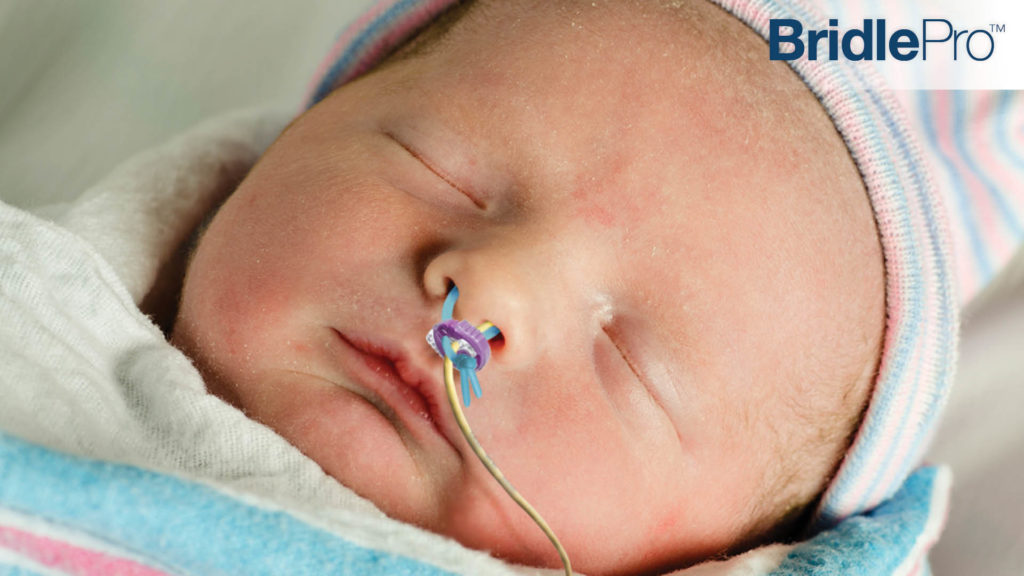
In recent years, the field of respiratory care has seen significant advancements in technology, particularly in the realm of nasal tube technology. Nasal tubes, which are used to deliver oxygen and other gases to patients who have difficulty breathing, have long been a staple in the medical industry.
If you need more information about nasal tube services then you should click on this link https://www.appliedmedical.net/enteral/bridle/. However, with the development of new materials and manufacturing techniques, these devices are being revolutionized to improve patient comfort, convenience, and overall effectiveness.
One of the key areas where nasal tube technology is making strides is in the development of more lightweight and flexible materials. Traditional nasal tubes have often been made from rigid plastics or metals, which can be uncomfortable for patients to wear for extended periods.
However, new materials such as silicone and soft plastics are being used to create nasal tubes that are much more flexible and conform to the shape of the patient's nose and face. This not only improves comfort but also helps to reduce the risk of skin irritation and pressure sores that can occur with traditional nasal tubes.
Another area where nasal tube technology is advancing is in the design of devices that are easier to use and maintain. For example, some new nasal tubes are designed with features such as quick-release connectors and easy-to-clean tubing, making them simpler for both patients and healthcare providers to manage.
Furthermore, new technology is also being incorporated into nasal tubes to improve their effectiveness in delivering oxygen and other gases to patients. For example, some devices now include advanced sensors and monitoring capabilities that can track the patient's breathing patterns and adjust the flow of oxygen accordingly.
One of the most exciting developments in nasal tube technology is the integration of smart technology and connectivity. Some nasal tubes now come equipped with Bluetooth capabilities, allowing them to communicate with smartphones and other devices. This enables patients to easily monitor their oxygen levels, receive alerts and reminders, and even share data with their healthcare providers in real time.
Looking to the future, the possibilities for nasal tube technology are truly endless. Researchers and engineers are constantly exploring new materials, designs, and technologies that can further improve the effectiveness and usability of these devices. From biocompatible materials that reduce the risk of infections to nanotechnology that can deliver precise doses of medication, the future of nasal tube technology is bright.
With these advancements, the future of respiratory care looks promising. Patients who rely on nasal tubes for their respiratory needs can look forward to devices that are more comfortable, convenient, and effective than ever before. Healthcare providers will also benefit from these advances, as they can offer more personalized and efficient care to their patients. Overall, the revolutionizing of nasal tube technology is set to usher in a new era of respiratory care that puts patient comfort and outcomes at the forefront.